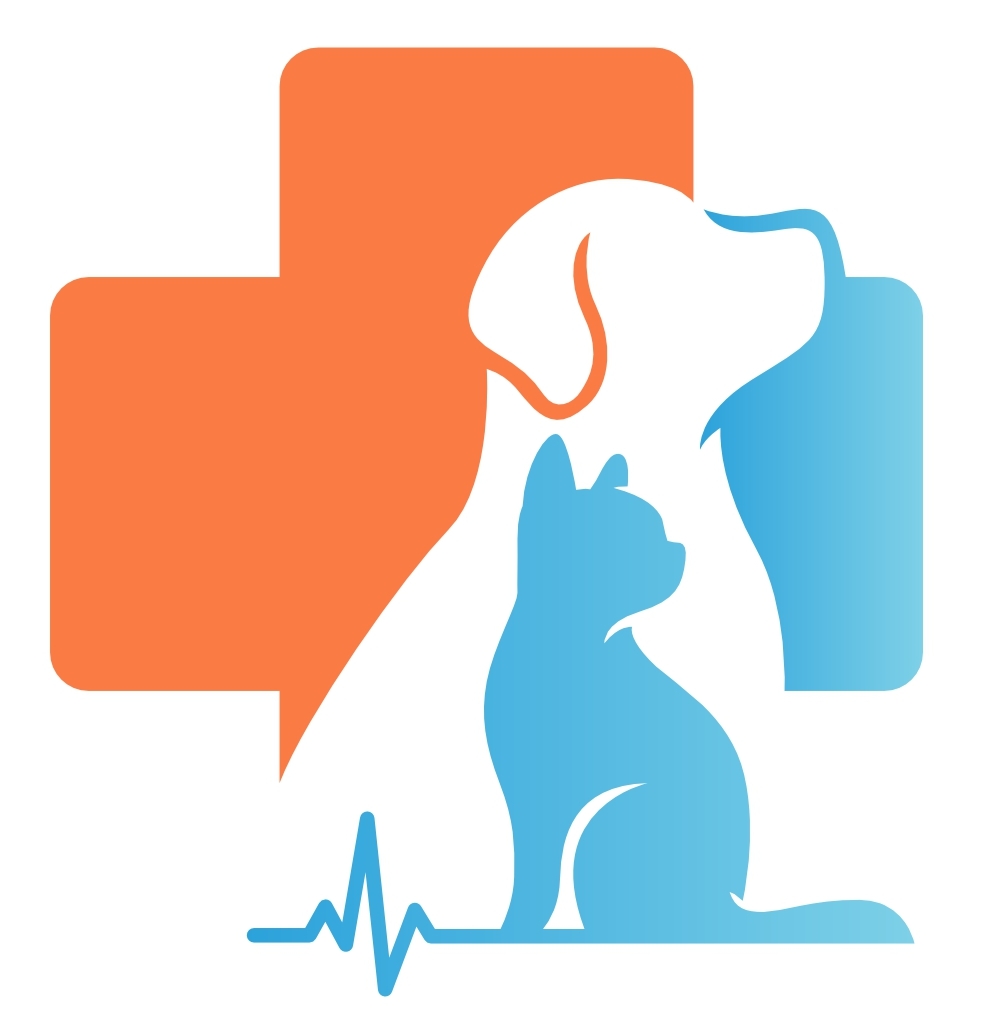Do Dogs Understand Our Conversations?
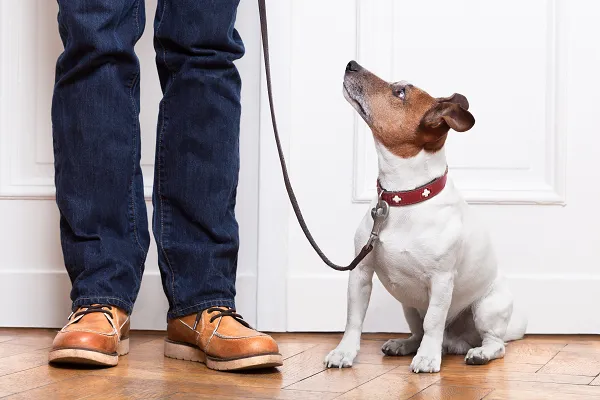
Dogs have an uncanny ability to process human language using both the left and right sides of the brain. Dogs can build a significant vocabulary. Much like a human infant, dogs recognize intonation and body language to interpret a word’s meaning. Combining vocabulary with perception of tone and body language enhances a dog’s ability to communicate with humans.
Do Dogs Dream?

Dreaming is similar in dogs as it is in people and is a normal part of the rest period. Nightmares do not appear to be typical, but you can see different breathing patterns and some movement of the legs while your dog is dreaming.
Dealing with Drooling
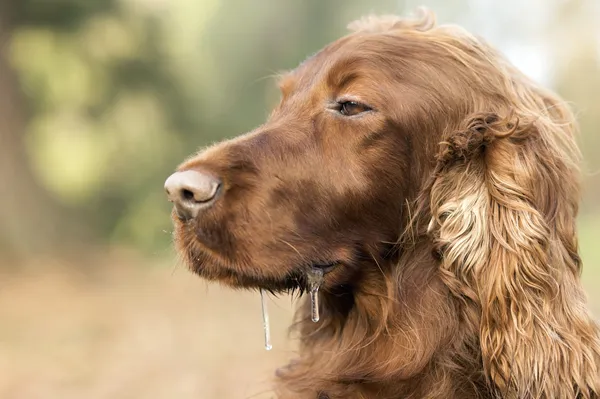
This handout discusses excessive drooling (hypersalivation) in dogs. There can be many causes for this complaint. Abnormal causes include nausea or gastrointestinal issues, oral pain or irritation, and conformation of the jowls. A short discussion of the more common causes is included. Further diagnostic and treatment options depend on the underlying cause.
Curbside Veterinary Care: Benefits for You and Your Pet

Hospitals providing curbside care have restructured their practice to avoid the need for clients to enter the lobby and exam rooms. This is designed to promote physical (social) distancing and reduce the spread of COVID-19. Curbside care offers a number of benefits for you and your pet. By eliminating the need for you to enter the hospital, potential COVID-19 outbreaks are reduced. The veterinary team is protected under a curbside care model, and in turn, so is your pet. Even in curbside care, you will have an opportunity to speak with your veterinarian in order to discuss findings and recommendations. To help the curbside appointment go smoothly, bring a written list of concerns or fill in any forms your practice has sent to you prior to the appointment. Curbside care truly is in the best interests of you and your pet.
Cryosurgery

This handout discusses the use of cryosurgery in pets. This technique involves the use of extreme cold to destroy abnormal or diseased tissues. A short discussion in included as to how the technique is used, and in what circumstances it may be appropriate to use.
Children and Pets – Grief Following Loss of a Dog
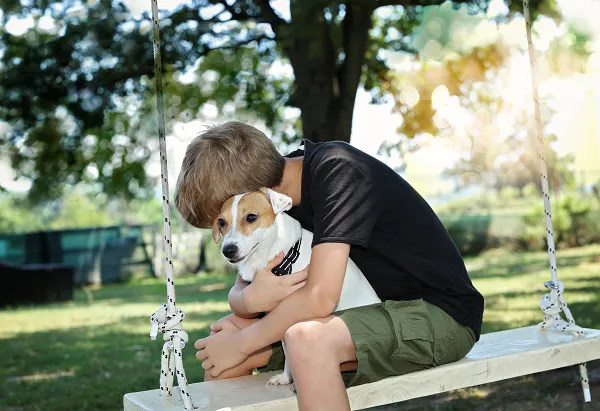
Children often have very close relationships with pets, and especially with dogs. Losing a pet dog is inevitable and may be the child’s first experience of death, but there are ways for parents and others to help the child cope with it. Start by talking with your child about death truthfully and in an age-appropriate manner. It is important for children to have the chance to say goodbye. Children grieve just as intensely as adults do, but often have different ways of expressing their grief. Each child will grieve their dog in their own unique way and at their own pace. With care and support, your child can grow through the grief and heal.
Agility for Dogs
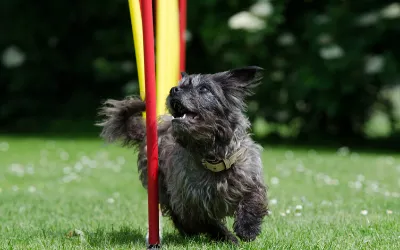
An agility trial is a competitive canine sporting event where dogs of various breeds navigate obstacles and are judged on speed and accuracy. Agility training can be a fun activity with many benefits for you and your dog.
Arthritis in Dogs

Osteoarthritis is a common condition affecting bones and joints in many older dogs. It is a disease of management and cannot be cured. Medications, physical therapy, nutrition, and surgery may all be considered to help alleviate the pain. Dogs can live a normal life with a tailored care plan.
Aortic Stenosis in Dogs
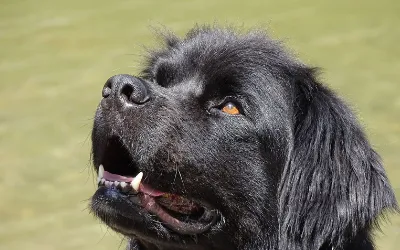
Aortic stenosis (or a narrowing involving the aortic valve) is a less common heart disease that has a higher incidence in some breeds. Dogs may not show clinical signs if they are mildly affected to more severely affected patients showing signs of heart dysfunction. Diagnostic imaging is needed to determine the severity and prognosis for each individual patient. Medications are the mainstay treatment but for some patients surgical procedures may be considered.
Anorexia in Dogs

A dog that does not want to eat, or is not eating, is a dog with a potentially life-threatening medical condition. Many conditions can lead to the inability of your dog to eat or lose his appetite completely. It is important to find the underlying cause so that an appropriate treatment plan can be created. Appetite stimulants may be prescribed, and in some cases, a feeding tube may be placed by your veterinarian. Decreased food intake or any change in eating habits warrants investigation by your veterinarian.
